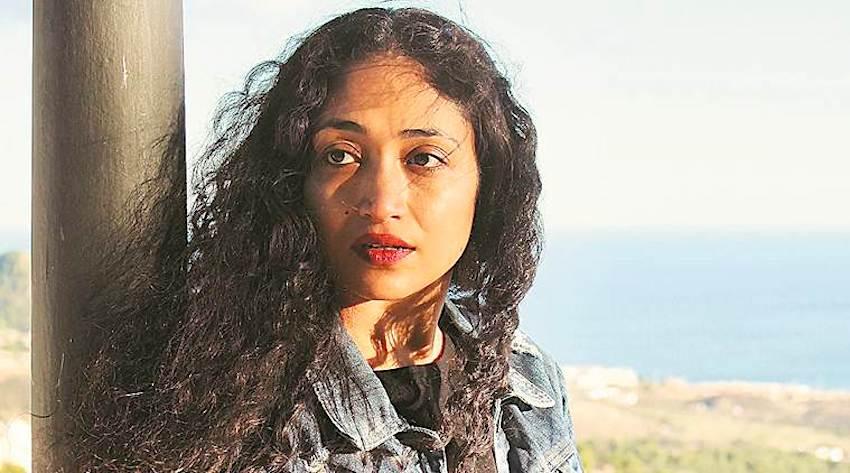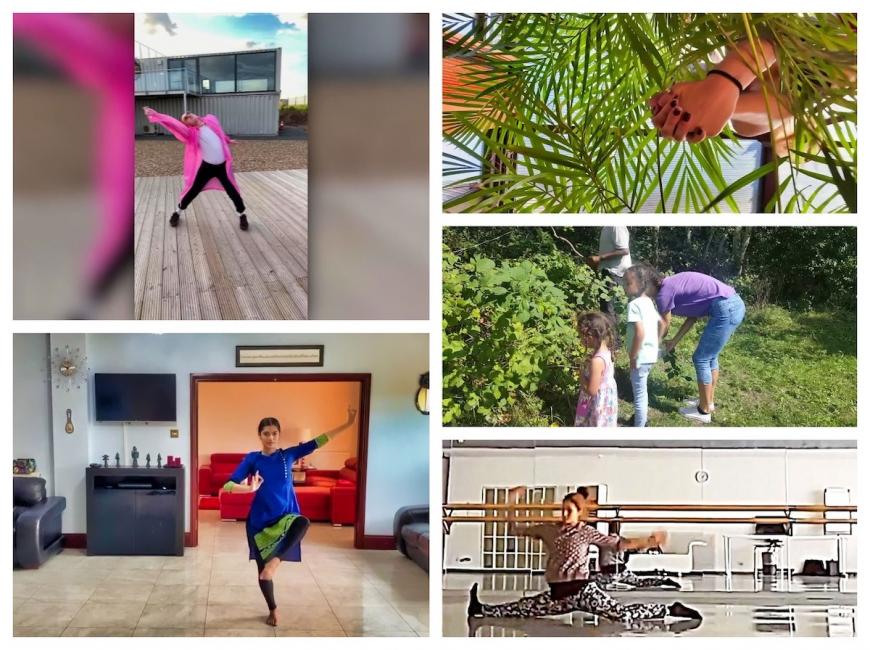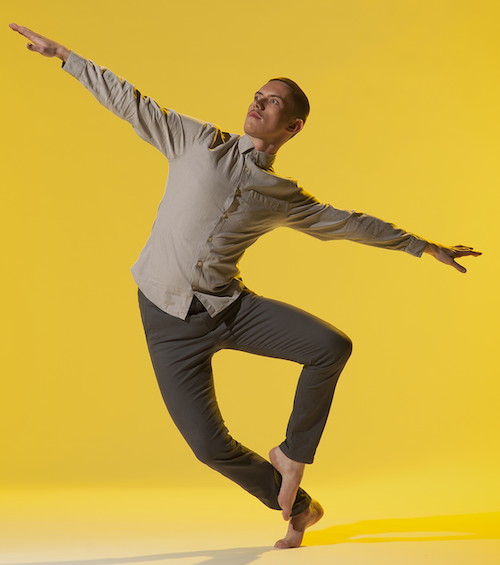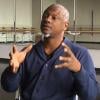
Founder and Creative Director Protima Chatterjee created Abundant Art as an online journal. Abundant Art U.K. launched in 2012 as a multi-arts zine (aptly titled Artzine) that featured reviews, previews, and interviews of arts performances and artists. The publication aimed to increase multicultural awareness of artistic collaborations and shared cultural heritage stories. Expanding in 2018 to include filmmaking and original documentaries, the organization’s social media presence and projects brought attention to established and emerging artists throughout the United Kingdom and beyond. The first heritage project, A Meeting of Cultures, a film that was soon nominated for the Chicago Indie Film Awards and London Lift-Off Film Festival, was completed in 2020.
And then the pandemic hit. The U.K., like other countries worldwide, announced massive lockdowns in mid-March 2020. Eventually, as the pandemic spread and the shelter-in-place orders were extended, London’s storied theaters closed and arts conservatories and training centers across the country sent students home. Shortly thereafter, artists found their commissions postponed or canceled outright, grant programs and research initiatives and tours were suspended, independent and cooperative projects evaporated. Many people in the performing arts industry — not just the artists, but staff, crew, administrators, and others — were furloughed or let go.
As a dancer, choreographer, and arts journalist, Chatterjee and Abundant Art’s small staff and advisors rallied to continue their work in whatever way possible. In addition to Kartikeya, the first completed heritage project that focuses on the collaboration between Indian dance pioneer Uday Shankar and prima ballerina Anna Pavlova, Chatterjee recently turned her producer’s spotlight onto three dancers in a new documentary that traces the footprints of the pandemic on their lives and careers.
Moving Forward, Looking Back #2020 follows Lewis Sharp, Krystal Dawn Campbell, and Aishani Ghosh. Directed by Chatterjee, the film weaves footage taken by the dancers in their homes, outdoors, and in dance studios and performance spaces prior to the pandemic with archival images, brief interview comments from other contributors, and recorded or original music from a variety of artists and genres.

In each layer of the three-part film, the dancers tell heartrending stories of training interrupted, opportunities lost, and mental and physical challenges that at times leave them feeling hopeless, frustrated, despairing, and more than anything else, fearful about their futures. Although isolated, they find comfort in family and friends, in nature, and in routines established. Notably, not one of the three dancers finds anything to equal the vital uplifting force — the “high” — supplied by dancing. They especially miss dancing and collaborating with other people.
During the pandemic, it might have been overwhelming or depressing to watch the documentary. But in early June 2021, with vaccines becoming widely available in many countries and performance spaces beginning to open up, their stories cast a different light.

Lewis Sharp, an MFA candidate completing his Dance Performance studies at Trinity Laban Conservatoire of Music and Dance and part of Studio 3 Arts’ Groundbreakers leadership program, appears dedicated and calm as he performs flatbacks and upper body curves and rotations in the family living room. We see a closeup of his feet in running shoes as he works to maintain his stamina by running outdoors. His trim appearance and steady gaze directed at the camera as he speaks about the pandemic’s impact say, “This is a young dancer who will rebound.”
Krystal Dawn Campbell, a recent conservatory graduate, saw her freelance work dry up immediately. “I don’t think anybody expected how hard this was going to hit. How literally all of that would come crumbling down overnight,” she says in the video. To keep from “melting down,” she continued work on a grant application for a research project, returned to Wales, attended online Pilates classes. Eventually, as support from the arts council in her country arrived, she began to rise out of the loss and trauma caused by the COVID-19 shutdown. She began to believe her work as an artist could and should be viewed by society as essential. (An update from the press contact at Abundant Art reports Campbell will next be on stage July 12 at Camden People’s Theatre and July 26 at The Omnibus Theatre.)
Nineteen-year-old Aishani Ghosh is a student at London Contemporary Dance School at The Place. Her story includes feelings of emptiness and uncertainty after the school was shuttered but also immense joy while exploring new ways of expression — we see her hands undulate among ferns in one effective clip — and finding unexpected pride in her parents, whose occupations and experiences as frontline workers in the healthcare industry remind Ghosh of the preciousness of human life. The lockdown, she suggests in the film, made her stronger and more determined to find beauty and meaning in movement. In scenes showing her return to the dance studio, her voiceover narration describes feeling “liberated” even while masked and socially distanced from other dancers. She describes moving in a large space as akin to “freedom.”
While these young artists and the industry itself have suffered enormously and an undetermined future remains, this film and other projects arriving from Abundant Art offer a solid indication that, eventually, art will triumph over COVID-19. The greatest hope is that society will have learned the lesson these three young people already know and practice: Art is essential to life.




